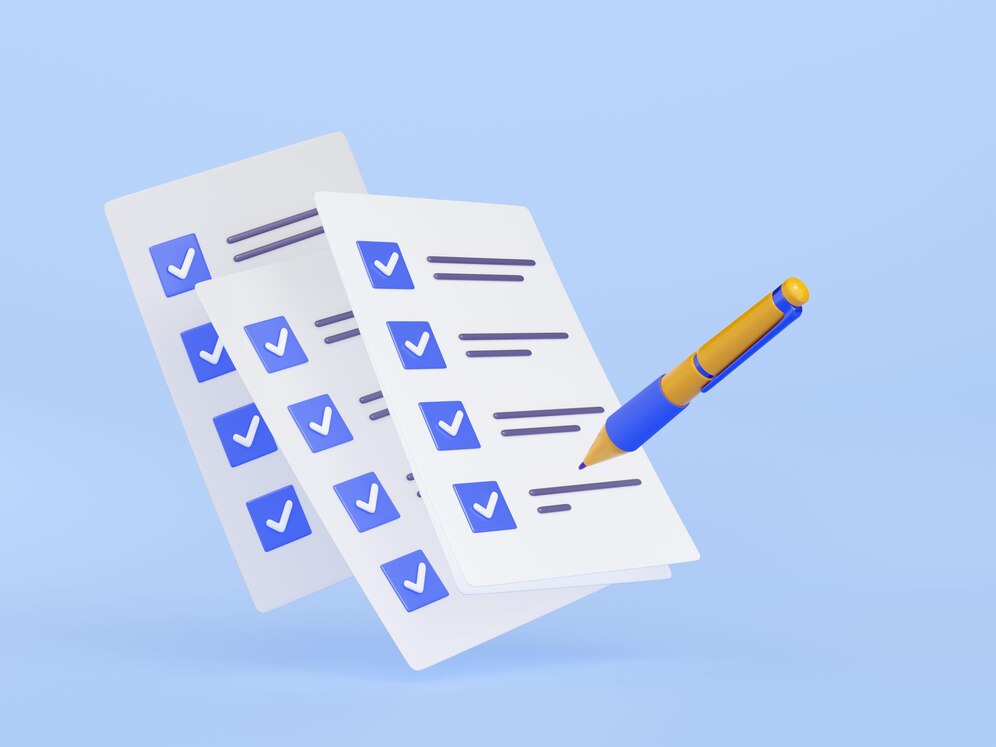Creating a questionnaire in Word allows you to take advantage of the program’s versatile formatting options and tools to craft a professional-looking and effective questionnaire. This tutorial will walk you through the key steps:
## Planning Your Questionnaire
Before creating your questionnaire in Word, it’s important to plan out the goals, audience, question types, organization, sequencing, and wording.
### Determine Your Goals and Target Audience
– What is the purpose of your questionnaire? What information do you want to gather?
– Who will be completing the questionnaire? The target audience affects the wording and topics.
### Select the Question Types
– Multiple choice: Choose single or multiple answers from preset options. Use for closed-ended questions.
– Scales: Have respondents rate options along a scale like Likert, semantic differential. Good for perceptions.
– Open-ended: Allow free responses in a text box. Useful for opinions, feedback.
– Dichotomous: Simple yes/no or true/false questions.
– Demographic: Gather data like age, gender, etc. Keep to a minimum.
### Organize into Sections
– Group related questions into sections or themes for logical flow.
– Use clear section headings.
### Sequence the Questions
– Lead with easy, straightforward questions to build confidence.
– Group related questions together in sections.
– Funnel down to more complex questions.
### Craft Question Wording
– Be clear, neutral and avoid assumptions.
– Check for loaded words, double-barreled questions.
## Setting Up the Questionnaire in Word
Use Word’s formatting features to create a polished, professional questionnaire.
### Adjust Page Layout
– Set size, margins, and orientation. Landscape allows more space.
– Use page numbers and page breaks between sections.
### Build Document Structure
– Add title, instructor name, date.
– Use Heading styles for sections to generate a Table of Contents.
### Set Clean, Readable Formatting
– Use Sans Serif fonts like Calibri that are easy to read.
– Set font sizes, line spacing, and alignment consistently.
– Use white space judiciously.
## Creating the Questions
Now it’s time to add your polished questions to the formatted structure.
### Number the Questions
– Use Word’s numbered list to number questions sequentially. Allows reordering.
### Apply Consistent Styles
– Style question text as Heading 2 and answers as Normal.
### Use Tables for Structured Questions
– Add tables to hold choices for multiple choice and other structured questions.
### Insert Text Boxes for Open-Ended Questions
– Use text boxes for short answer questions. Set size and formatting.
### Add Graphics as Needed
– Insert lines, shapes for graphical elements like rating scales.
## Applying Final Touches
Finish your questionnaire with final polish and instructions.
### Proofread Thoroughly
– Double check spelling, grammar, punctuation, formatting, question flow.
### Add Clear Instructions
– Explain how to take the questionnaire – how to answer, submit, etc.
### Include Space for Comments
– Add room at the end for open feedback.
### Remove Template Artifacts
– Delete any dummy text or sample content.
### Save as PDF for Distribution
– PDF format keeps formatting intact electronically.
With mindful planning and purposeful formatting, you can leverage Word to create professional, effective questionnaires for your research needs. Let us know if you have any other Microsoft office tips and tricks you’d like to see!







 No products in the cart.
No products in the cart.